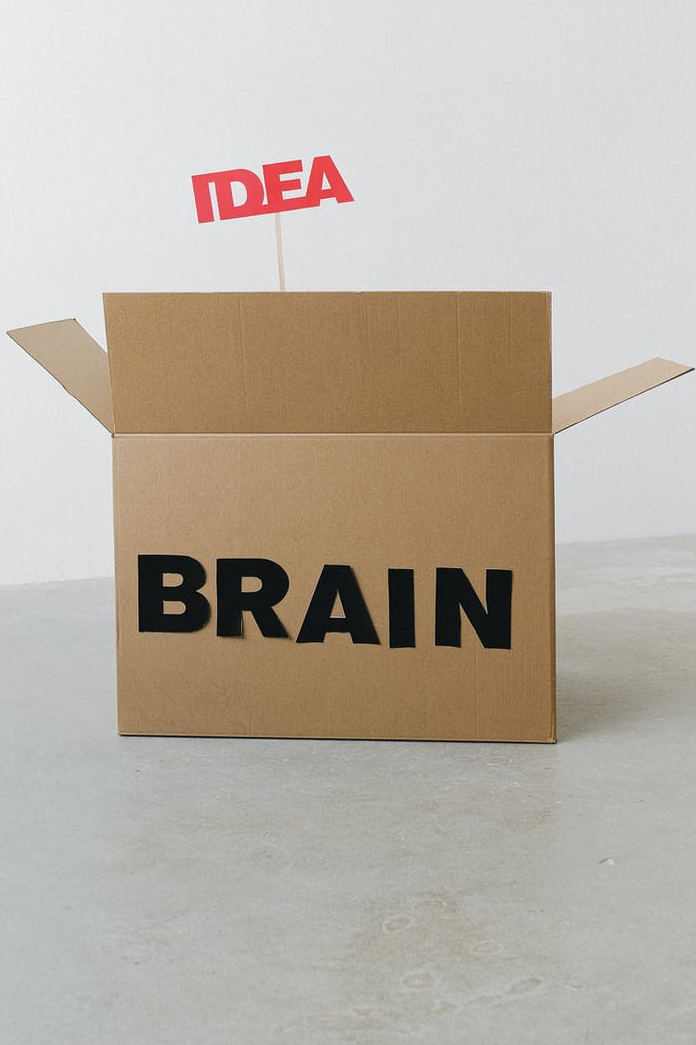“The whole is not equal to the sum of its parts”
“As an entity, a group cannot be smarter than its components, but it can indeed be less so”
Team = 1
Let’s move away from the concept of the individual. For a while, let’s consider the team as a single unit. A work unit. Like any unit, it is composed of several parts.
If we consider what is the most basic way a team works, it would be the meeting. If we are work colleagues, if we work together, we will need meetings. In these meetings, questions are asked and answers are given. In addition, synergies are generated and insights of knowledge are created. Essentially, everything related to the phrase “many heads are better than one”.
But we all know that just meeting is not enough. I am sure we have all had unproductive meetings. Meetings where time was lost and nothing tangible was achieved. However, in other cases, it took only minutes to come up with useful solutions and ideas.
The Key Ingredient

When we come together in teams, meet, or collaborate, what emerges is known as the collective intelligence quotient. This is, the inherent intelligence of that group. And here comes the key ingredient… contrary to what we might think, “academic” abilities or the intelligence quotient are not what condition this collective intelligence.
The key ingredient is emotional intelligence. Therefore, a sum of individuals with good emotional intelligence will make a good collective intelligence.
And of course, the greater the collective intelligence, the more productive and successful the group will be
“The collective intelligence quotient would be like the sum of the most human talent of its individuals”
The Best Part?
Daniel Goleman highlights in his book “Leadership: The Power of Emotional Intelligence” a very interesting study. In this study, they analyze what has made certain individuals the best in their group. Considering that this group was composed of people with the best results in intelligence quotient tests, another factor had to be involved.
The task they were given needed to be carried out in a team. This task was related to designing and creating electronic switches that control telephone systems. None of them could do it alone, so they had to rely on the team.
When asked to select who had been the “stars“, the group agreed. Neither the intelligence quotient nor their academic performance were predictors of success.
A factor that all of them had in common was “networking.”
Networking

We live immersed in different types of networks with our surroundings.
One type of network is the formal ones. Typical within companies. Formal networks are slower, designed to solve simple problems. Normally, they depend on technical profiles and specialists.
Another type are the informal networks. These are all those we “weave” with our circle of known people. Friends, family, work colleagues…
The most successful people in this experiment had very good informal networks. That is, they had supports to turn to if they needed help. And not only that, having these supports allowed them to solve their problems more quickly and effectively, without waiting for an expert to come to the rescue.
In turn, these informal networks are of 3 types: communication, expertise, and trust. Communication networks include the people we talk to. Expertise networks are those more technical. Trust networks include our confidants.
The star profiles of the experiment maintain good relationships with individuals from these three networks. In addition, they show empathy and the ability to coordinate people. They possess qualities of:
- Interpersonal and intrapersonal skills
- Taking initiative, that is, showing motivation
- Self-management
These three qualities respond to a construct, emotional intelligence. Therefore, it can be concluded that emotional intelligence is responsible for that collective intelligence.
And that a group of emotionally intelligent individuals will make a group with great collective intelligence.
The ultimate consequence of good collective intelligence is its impact on intellectual capital. Intellectual capital is all the intellectual knowledge of an organization, as well as the tangible information it possesses that allows it to produce value.
Because talking about only one type of intelligence is a thing of the past. And the smartest companies are starting to realize this.










